Not recd as per Picture on Website
Available 24/7
Available 24/7

 Save up to 15%
Save up to 15%
Peace Lily, Spathiphyllum - Plant The Peace Lily, scientifically known as Spathiphyllum, is a stunning houseplant celebrated for its elegant white...
View full details
 Save 18%
Save 18%
Combo Constituents Includes the Parijat Tree (Night-Flowering Jasmine), a culturally significant plant with fragrant flowers. Description The Pari...
View full details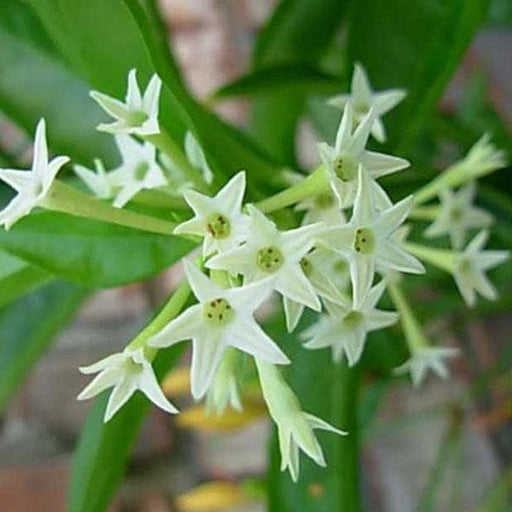
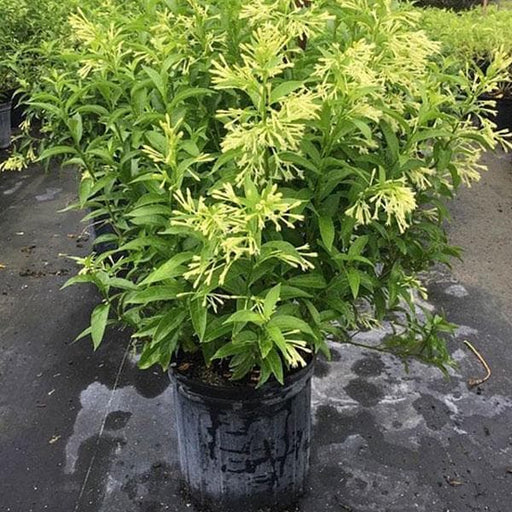 Save 25%
Save 25%
Description Raat Ki Rani (*Cestrum nocturnum*), also known as Night Blooming Jasmine, is a fragrant shrub native to the Caribbean and Central Ameri...
View full details
 Save 25%
Save 25%
Jasminum sambac, Mogra, Arabian Jasmine - Plant Jasminum sambac, commonly known as Mogra or Arabian Jasmine, is a fragrant flowering plant...
View full details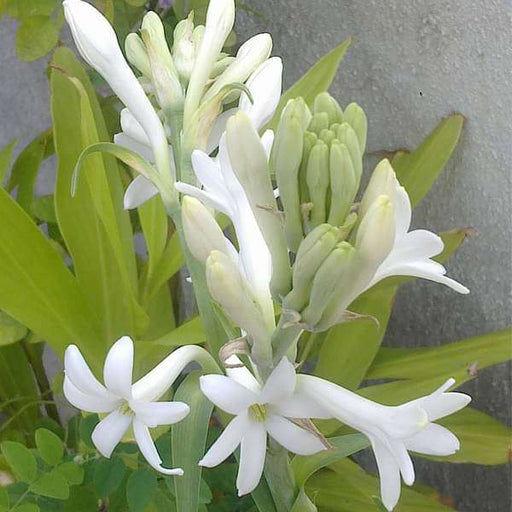
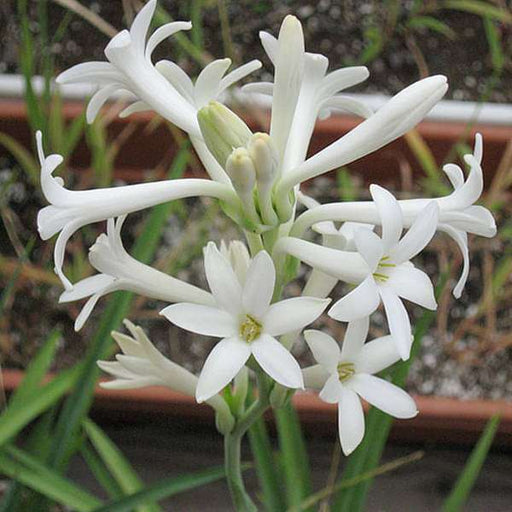 Save 17%
Save 17%
Rajnigandha, Tuberose - Plant The Rajnigandha, scientifically known as Polianthes tuberosa, is a captivating perennial plant renowned for ...
View full details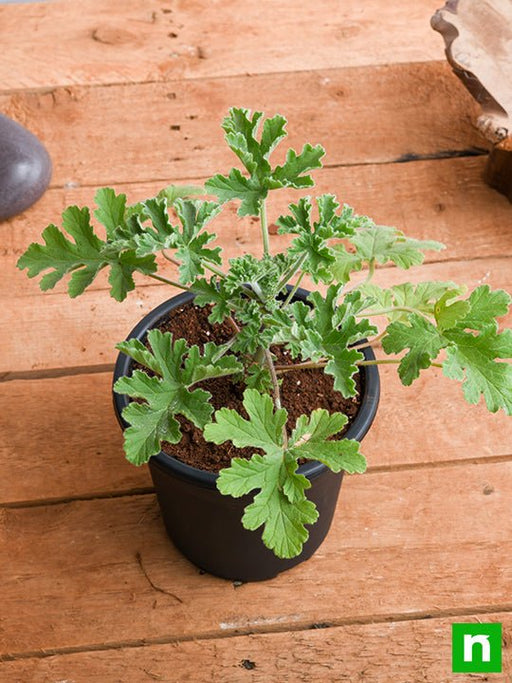
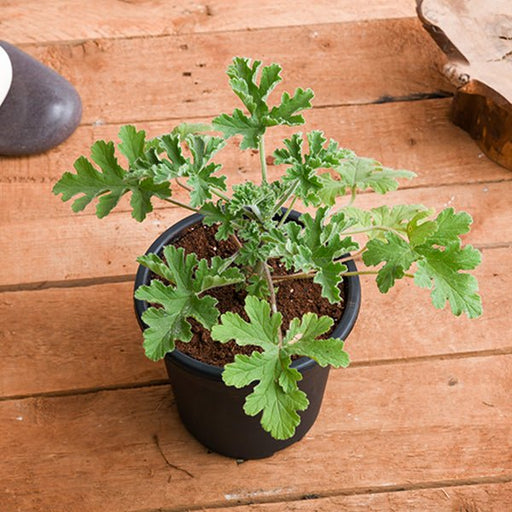 Sold out
Sold out
Citronella, Odomas - Plant The Citronella plant, scientifically known as Cymbopogon nardus, is a tropical grass renowned for its aromatic ...
View full details Save 25%
Save 25%
Damascus Rose, Scented Rose (Any Color) - Plant The Damascus Rose, also known as Rosa damascena, is a timeless symbol of beauty and romanc...
View full details
 Save 35%
Save 35%
Best 6 Plants for Perfect Indoor Garden Transform your living space into a lush oasis with our curated collection of the Best 6 Plants for a...
View full details
 Save up to 50%
Save up to 50%
Mini Succulent Garden Pack Transform your space with our Mini Succulent Garden Pack, featuring a delightful collection of 4 any variety beautiful s...
View full details
 Save 30%
Save 30%
5 Best Fragrant Plants Transform your garden or indoor space into a fragrant paradise with our curated selection of the 5 Best Fragrant Plants. Th...
View full details
 Save 24%
Save 24%
Set of 2 Bonsai Looking Grafted Adeniums Transform your indoor or outdoor space with our exquisite Set of 2 Bonsai Looking Grafted Adenium...
View full details Save 45%
Save 45%
Top 4 Die Hard Succulents Pack Transform your indoor or outdoor space with our Top 4 Die Hard Succulents Pack, featuring a curated selecti...
View full details
 Save 30%
Save 30%
5 Best Indoor Plants Pack Transform your living space into a lush oasis with our '5 Best Indoor Plants Pack.' This carefully curated collection fe...
View full details
 Save 25%
Save 25%
Set of 4 Evergreen Air Purifier Plant Pack Transform your indoor space into a lush, green oasis with our Set of 4 Evergreen Air Purifier Pla...
View full detailsDiscover the enchanting world of Jade Plants, also known as Crassula ovata, a popular succulent that brings a touch of greenery to any space. With their thick, glossy leaves and sturdy stems, these plants are not only visually appealing but also symbolize good luck and prosperity in many cultures. Perfect for both novice and experienced gardeners, our collection features a variety of Jade Plants that thrive indoors and outdoors, making them a versatile addition to your plant collection.
What makes Jade Plants special is their resilience and low maintenance requirements. These hardy succulents can survive in a range of conditions, making them ideal for busy lifestyles. Their ability to store water in their leaves allows them to withstand periods of drought, while their unique aesthetic adds a modern touch to any decor. Explore our collection to find the perfect Jade Plant that suits your style and space.
Growing Jade Plants is a rewarding experience, as they can live for decades with proper care. They are not only beautiful but also purify the air, making them a great choice for improving indoor air quality. Whether you want to enhance your home or gift a loved one, our Jade Plants collection offers something for everyone.
Jade Plants belong to the Crassulaceae family and are native to South Africa and Mozambique. They are classified as succulents due to their ability to store water in their leaves, which allows them to thrive in arid environments. The plant's unique structure and water retention capabilities make it an excellent choice for sustainable gardening practices.
Historically, Jade Plants have been revered in various cultures for their supposed ability to attract wealth and prosperity. In Chinese culture, they are often placed in homes and businesses to bring good fortune. Additionally, their resilience and longevity have made them a symbol of endurance and stability throughout the ages.
Jade Plants contribute positively to the environment by improving indoor air quality through their natural air-purifying properties. They also require minimal water, making them an eco-friendly choice for gardeners looking to conserve resources. By choosing Jade Plants, you are not only enhancing your living space but also supporting sustainable gardening practices.
Jade plants are known for their low maintenance requirements, making them a popular choice for indoor and outdoor gardening enthusiasts. To care for your jade plant, make sure it receives bright, indirect sunlight and water it when the soil feels dry.
Jade plants are a type of succulent and are part of the Crassula genus. There are over 1,400 species of Crassula, including the popular Jade plant (Crassula ovata). Some other popular varieties include Crassula Arborescens, Crassula Ovata 'Gollum', and Crassula Ovata 'Hobbit'.
Jade plants prefer well-draining soil that is rich in organic matter. A mixture of cactus soil and perlite is ideal for these plants.
Pruning jade plants can help maintain their shape and promote healthy growth. Use sharp, clean pruning shears to remove any dead or damaged leaves and stems.
While jade plants are generally easy to care for, they can be susceptible to pests such as spider mites and mealybugs. Regularly inspect your plant for signs of infestation and treat promptly if necessary.
Jade plants do not require much fertilizer, but can benefit from occasional feeding during the growing season. Use a balanced fertilizer every 2-3 months to promote healthy growth.
Propagating jade plants can be done through stem cuttings or leaf cuttings. Stem cuttings should be taken from a healthy plant and rooted in soil or water. Leaf cuttings should be placed in soil and misted frequently until roots form.
Jade plants prefer bright, indirect light. Avoid placing them in direct sunlight, as this can burn their leaves.
Jade plants do not require high humidity levels and can tolerate dry conditions.
Jade plants prefer temperatures between 65-75°F (18-24°C). Avoid placing them near cold drafts or hot air vents.
Jade plants are toxic to pets and humans if ingested. Keep them out of reach of pets and children.
Jade plants are known for their vibrant green leaves, which can sometimes have a red tinge. However, there are some varieties that have variegated leaves, such as Crassula Ovata 'Tricolor'.
Jade plants are native to South Africa and Mozambique.
Jade plants can range in size from small tabletop plants to large floor plants. Choose a size that fits your space and needs.
Jade plants prefer to be on the dry side and can be susceptible to root rot if overwatered. Water sparingly when the soil feels dry and avoid letting the plant sit in standing water.
Jade plants can produce small, pink or white flowers in the right conditions. However, they are primarily grown for their attractive foliage.
Jade plants typically have smooth, glossy leaves, but some varieties can have crinkled or wrinkled leaves, such as Crassula Ovata 'ET's Fingers'.
Pruning can also be used as a method of propagation for jade plants. By taking stem cuttings and rooting them in soil or water, you can create new plants and expand your collection.
Jade plants should be repotted every 1-2 years to provide fresh soil and room for growth. Choose a pot that is slightly larger than the current one and fill with fresh potting mix.
Jade plants are often associated with good luck, prosperity, and fortune. In Chinese culture, they are believed to bring financial success and are often given as gifts during the New Year or other special occasions.
Jade plants are a popular indoor and outdoor plant that are known for their thick, succulent leaves and tree-like appearance.
There are several types of Jade plants, including Crassula ovata, Crassula argentea, and Crassula portulacea.
Jade plants require well-draining soil, regular watering, and a good fertilizer to thrive. They should be planted in a spot that receives bright and direct sunlight.
Jade plants can be planted any time of the year in India, as they are primarily grown indoors.
Jade plants require infrequent watering, as they are drought-tolerant. Water them deeply once every two weeks, depending on the weather conditions.
You can use a balanced, all-purpose fertilizer to feed your Jade plants. Apply it every two weeks during the growing season.
Yes, Jade plants can grow in low light conditions, but they prefer bright and indirect sunlight.
Prune your Jade plants regularly by removing any dead or damaged leaves and stems.
Jade plants can be propagated through stem cuttings or division. Cuttings should be planted in well-draining soil and kept moist until they root.
To prevent pests and diseases on your Jade plants, make sure to keep the soil moist but not waterlogged, and avoid overcrowding the plants. Use organic pesticides if necessary.
Jade plants can live for several years if provided with proper care and maintenance.
Jade plants can be kept indoors year-round in India, as they prefer warm and humid conditions.
Yes, Jade plants can tolerate shade, but they prefer bright and indirect sunlight.
Jade plant cuttings should be planted in well-draining soil and kept moist until they root. They can then be transplanted into their permanent pot or garden bed.
Yes, Jade plants can grow outdoors in India, as long as the climate is warm and humid.
To control pests on your Jade plants, use organic pesticides and insecticidal soap. You can also manually remove any pests you see on the plant.
Yellowing leaves on Jade plants can be a sign of overwatering or nutrient deficiencies. Check the soil moisture levels and fertilize the plant as needed.
Wilting Jade plants can be revived by watering them deeply and placing them in a shaded area for a few hours. If the problem persists, check the soil moisture levels and adjust your watering schedule.
Jade plants require low to moderate humidity to thrive. You can increase humidity levels by placing a tray of water near the plant or by misting the plant with water.
Yes, Jade plants can be grown in containers, as long as the container has good drainage and is filled with well-draining soil.
Leaf drop on Jade plants can be a sign of overwatering, low humidity, or a nutrient deficiency. Adjust your watering and fertilizing schedule and increase humidity levels as needed.
When choosing a Jade plant, consider the size and shape of the plant, and make sure it is healthy and free from pests or diseases. Additionally, choose a spot in your home that receives bright and indirect sunlight.
To protect your Jade plants from pests like spider mites and mealybugs, use insecticidal soap or neem oil. You can also manually remove them with a damp cloth or cotton swab.
To prevent root rot in your Jade plants, make sure to provide them with well-draining soil and avoid overwatering them.
Transplant your Jade plants by carefully removing them from their current pot or garden bed and replanting them in a larger container or garden bed with fresh soil.
Make your Jade plants bushier by pruning them regularly and providing them with adequate nutrition and water.
Inspect your Jade plants for pests or signs of disease before bringing them home, and make sure to purchase them from a reputable nursery or garden center.
To ensure your Jade plants are not overwatered, allow the soil to dry out slightly between watering, and avoid waterlogging the plant.
Yes, Jade plants have air-purifying properties and can help remove toxins from the air. They are particularly effective at removing formaldehyde and benzene.
To ensure your Jade plants maintain their color, make sure they are receiving adequate sunlight and nutrition. Additionally, avoid overwatering the plant, as this can lead to nutrient deficiencies and discoloration.